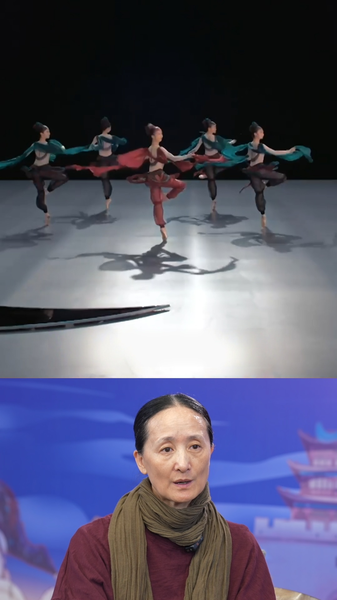U.S. tech stocks took a nosedive on Monday 📉 as investors grappled with the rapid rise of Chinese startup DeepSeek and its groundbreaking new models, including the freshly unveiled Janus-Pro-7B image generator.
The Hangzhou-based 🚀 company announced that its latest model outperforms OpenAI's DALL-E 3 in benchmarks, while its DeepSeek assistant app has soared past ChatGPT in U.S. App Store downloads. DeepSeek also revealed temporary limitations on new user registrations following a cyberattack.
Analysts warn that the selloff highlights deeper issues: sky-high valuations, worries about overhyped infrastructure spending, and signs that U.S. chip export controls aren't slowing down Chinese AI progress.
Nvidia led the slump, plunging nearly 17% to wipe out almost $600 billion in market value—the largest single-day loss in Wall Street history 😱. The Nasdaq fell 3.1%, and the Philadelphia Semiconductor Index dropped 9.2%, its worst day since March 2020. The ripple effect hit Oracle, Broadcom, and data center firm Vertiv Holdings, each falling over 13%, while AI-tied power utilities like Vistra and Constellation Energy sank up to 28%. The rout spread globally, impacting Japan's SoftBank and Europe's ASML.
\"If it's true that DeepSeek is the proverbial 'better mousetrap,' that could disrupt the entire AI narrative that's driven markets over the last two years,\" said Brian Jacobsen of Annex Wealth Management. \"It could mean less demand for chips, less need for massive power production to fuel the models, and less need for large-scale data centers.\"
Model Momentum Meets Market Mania
DeepSeek's double whammy—the Janus-Pro-7B and the DeepSeek-R1 released just days apart—has intensified existing doubts. The Janus-Pro-7B, an upgrade from December's image model, uses 72 million synthetic images to achieve what developers call \"significant advancements\" in multimodal understanding and text-to-image instruction-following. Meanwhile, the DeepSeek-V3-powered assistant's sudden popularity in the U.S. showcases China's consumer AI prowess. Most startling to markets, researchers claim the V3 model was trained on just $6 million worth of Nvidia's restricted H800 chips—a fraction of industry norms—and that the R1 model's API is priced at about 1/30th of OpenAI's rates.
Silicon Valley heavyweights are sounding the alarm 🔔. Venture capitalist Marc Andreessen dubbed DeepSeek's rise a \"Sputnik moment,\" likening it to the Soviet satellite that launched the space race.
Strategic Fault Lines
The selloff has exposed deep divides over the future of AI. Daniel Morgan, senior portfolio manager at Synovus Trust Company, which owns nearly a million Nvidia shares, called the reaction overblown, noting that DeepSeek's AI models are geared toward mobile phones and PCs rather than data centers where the real profits are.
Yet even optimists are acknowledging existential questions—especially after former U.S. President Trump labeled DeepSeek a \"wake-up call\" for America's competitiveness.
Founded in 2023 by quant trading veteran Liang Wenfeng, DeepSeek has rocketed from obscurity to Silicon Valley admiration in mere months. Its open-source strategy and ability to accumulate chips have made it a case study in China's innovative ways to circumvent sanctions.
Reference(s):
cgtn.com




